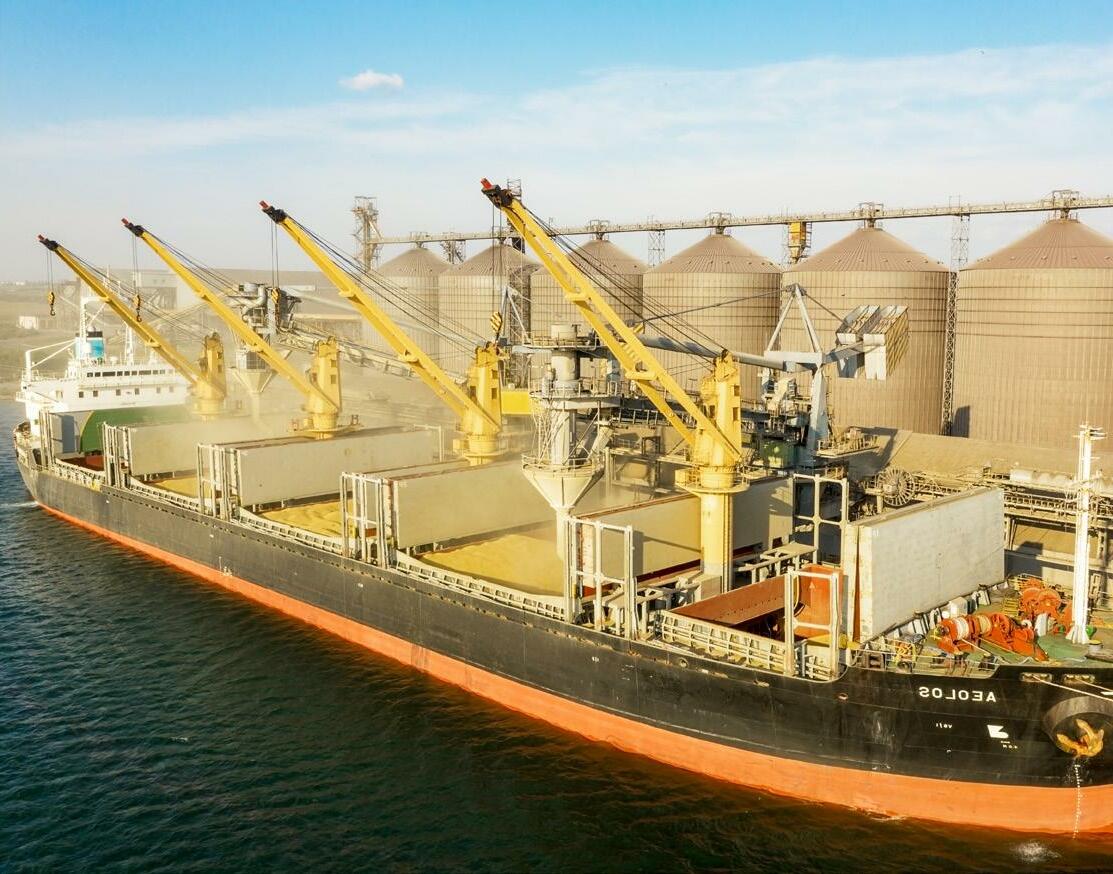
2 minute read
Key steps to protect your business: Horizon scanning, mitigation & diversified sourcing
Such measures are frustrating for food manufacturers, not least because they may not be necessary from a food safety perspective. In updated guidance published in August 2021, the FAO said current data indicates that neither food nor food packaging is a pathway for the spread of SARS-CoV-2, the strain of coronavirus that causes Covid-19, and the virus cannot multiply in food or on packaging 7
A 2020 opinion from the International Commission for Microbiological Specifications of Foods (ICMSF) said that, as SARS-CoV-2 does not pose a food safety risk, systematic sampling and testing for the virus is of no added value 8
Key steps to protect your business:
Horizon scanning, mitigation & diversified sourcing
According to Rob Kooijmans, executive advisor for the Food Strategy Institute, companies should proactively engage in horizon scanning in such times
“It is important to keep check of potential issues that are emerging in the wider supply chain. Just focusing on your current suppliers and relying on them to provide you with information on risks in the upstream supply chain is too weak an approach these days. Based on the potential risks identified, the company should start thinking of mitigation actions or scenarios,” Kooijmans said.
Supply chain disruption may also be specific to certain raw materials, such as India’s ban on wheat exports and Indonesia’s export ban on palm oil in late April 9, that was lifted in May Kooijmans said typical mitigation strategies include finding alternative suppliers from different regions or increasing the stock level of certain ingredients and materials
“You can also think about setting up longer-term contracts against a fixed price – which might be a bit higher, but it takes out the volatility and uncertainty. […] If prevention does not work, or has not been done in time, companies can only respond in reactive mode,” Kooijmans added.
“Additional costs can come from rush-deliveries of ingredients, for example via air-freight, or to secure scarce products at a higher price. Another aspect is the amount of stress the work of changing materials and related specifications throughout an entire organization causes in a very short period of time. This can lead to very costly mistakes – a small error in ingredient declarations can already lead to a recall.”
Kooijmans advised manufacturers to use at least two suppliers, preferably located in two different regions, or to opt for local sourcing although this can incur higher purchasing costs






